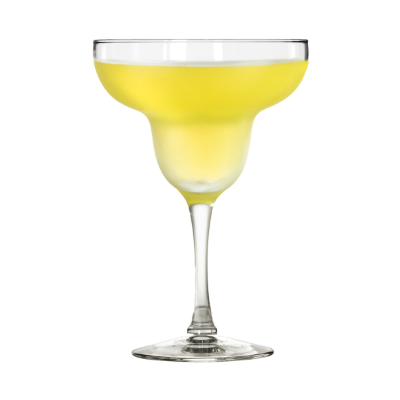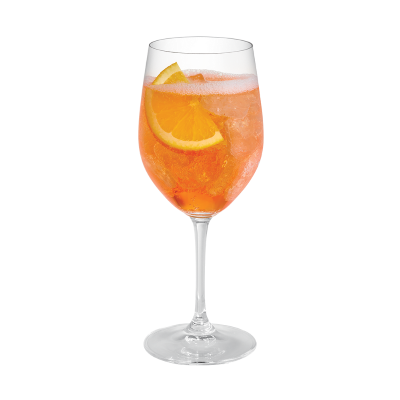Prosecco
Prosecco is made in sparkling or semi-sparkling style (spumante and frizzante, respectively), but a still wine is also permitted. Two small DOCG areas ara available, Conegliano Valdobbiadene Prosecco, and Asolo Prosecco around the nearby town of Asolo. Prosecco Superiore is always spumante and comes only from these DOCG areas.
The difference between champagne and prosecco is simple. Wine can only be called Champagne if it comes from the region of Champagne, France, whereas Prosecco is a sparkling wine mostly made in the Veneto region, Italy.
The first known mention of the name Prosecco is attributed to the Englishman Fynes Moryson, who used the spelling Prosecho.
Prosecco is also great with
Barracuda
The history of this cocktail tracks from a recipe created in the late 1950s by Italian bartender Benito Cuppari while working on the Cristoforo Colombo cruise liner. Initially served in half a pineapple shell this was elevated to a souvenir ceramic pineapple and quickly evolved the ship's signature cocktail. The Barracuda cocktail is an old classic in the history of mixology, one of those simple, aromatic, and velvety sparkling drinks. The warm flavor of rum combines beautifully with pineapple and lime and, the touch of prosecco is there to close the loop. The Barracuda is an alcoholic cocktail based on gold rum, Galliano liqueur, pineapple juice, fresh lime juice and topped with Prosecco. The ingredients for making the Barracuda cocktail are readily available. Although the Barracuda cocktail has a medium-high alcohol content, it is an excellent aperitif, thanks to its aromas and smooth rhythm. In this symphony, you will find a thousand tips, but be careful because, in the end, it is an aperitif cocktail. It is tricky since alcohol is not so perceptible on the palate: a sort of boosted fake Mimosa. No more than two before dinner.
Bellini
This Bellini cocktail was invented by the bartender Giuseppe Cipriani between 1934 and 1948 at Harry's Bar in Venice, Italy. The name is after the Italian Renaissance painter Giovanni Bellini because the drink color reminded Cipriani of the painter's preferred warm and subdued color palette. The original Bellini is made with white peaches, although most variations use yellow peaches because they are more available and ripen faster and better. When peaches are out of season, canned or frozen peaches will work, but the sugar content can make the drink too sweet, so choose unsweetened canned peaches if you can't find fresh ones. For garnishing the drink, frozen slices of peach are a great option and it will keep the Bellini colder without any dilution. The fruit juice gave the drink a unique translucent pink hue. Since then, the recipe has developed several versions, because white peaches weren’t available everywhere at all times. It's delightfully delicate in flavor and very easy to make. A Bellini is a cocktail made with Prosecco and peach purée or nectar. It originated in Venice, Italy. Pour peach puree into chilled flute, add Prosecco. The Bellini is an IBA Official Cocktail.
Spritz
A Spritz is an Italian wine-based cocktail, commonly served as an aperitif in Northeast Italy. It consists of prosecco, digestive bitters and soda water. Since 2011 Spritz is an IBA official cocktail, initially listed as "Spritz Veneziano" then simply as "Spritz". Aperol traces its roots back to Padua, Italy. The aperitivo was created in 1919 while the Spritz was born during the period of the Habsburg domination in Veneto in the 1800s.


